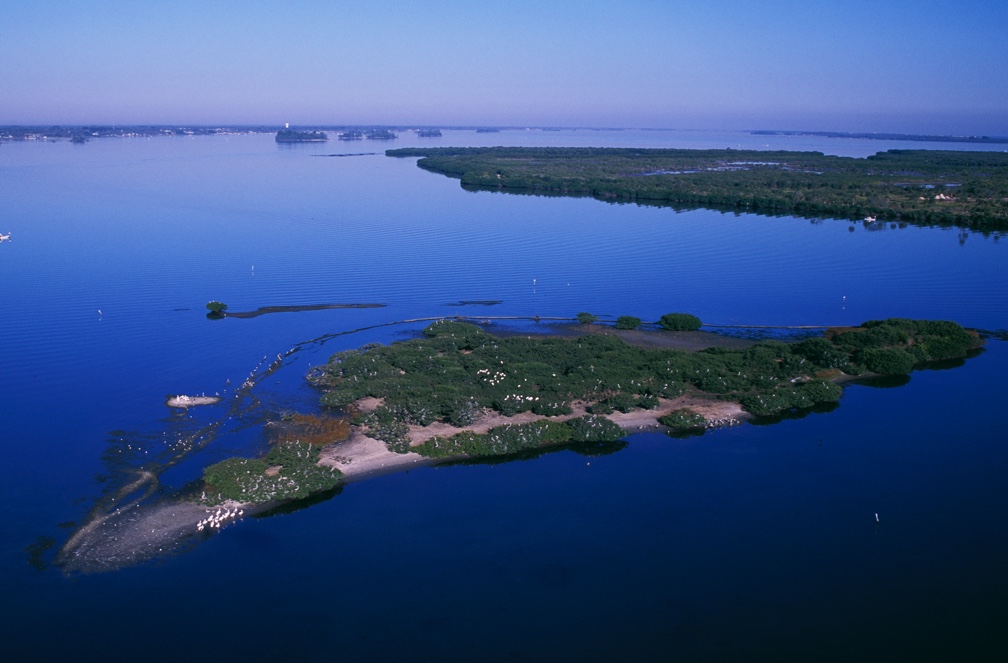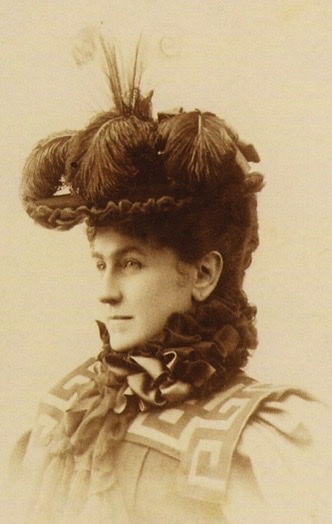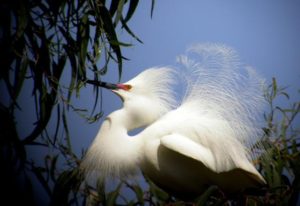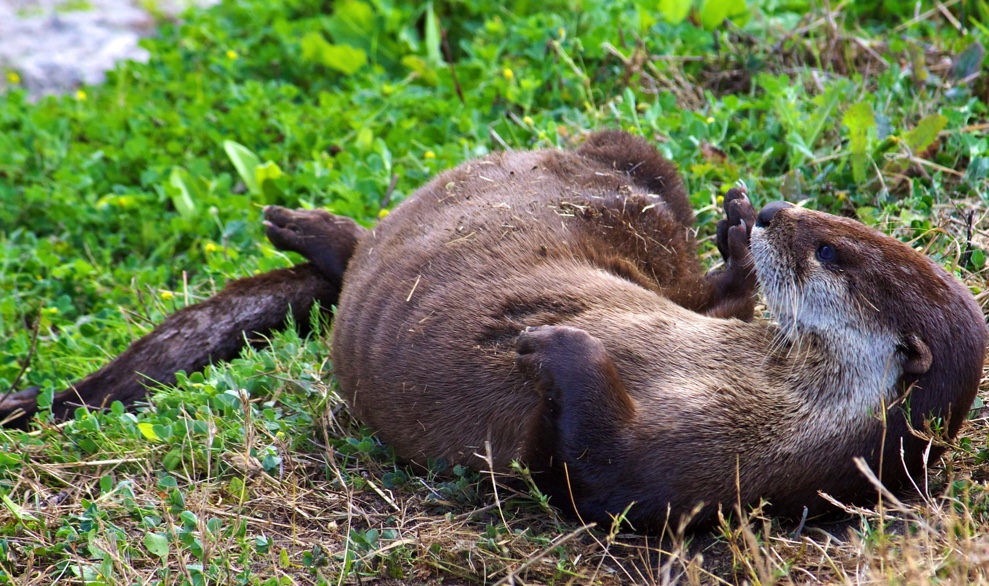On March 14, 1903, President Theodore Roosevelt created the nation’s first federal wildlife refuge by signing an executive order designating the Pelican Island, Florida, Bird Preservation Area. During his presidency, Roosevelt created more than 50 such reserves, the forerunners of the National Wildlife Refuge System that today includes more than 550 protected areas covering 150 million acres.

Pelican Island is a small mangrove island in the Indian River waterway of east-central Florida, about 50 miles south of Cape Canaveral. Although only 5.5 acres when designated as a reserve, the island had long captured the attention of bird watchers—and bird hunters. Early visitors noted that the trees seemed covered with snow, which was really the profusion of downy chicks of pelicans and other birds and the white plumage of egrets and spoonbills.

Victorian fashions emphasized feathers and other bird parts for hats, broaches, and other decorations. Because birds had no protection at the time, hunters slaughtered waterfowl in great numbers as the birds gathered for nesting or roosting. Bird numbers were dropping across the southeast, including a noted drop among the species at Pelican Island. Outrage over this wasteful harvest led to several laws protecting migratory waterfowl in the early decades of the 20th Century.
But those laws still needed to be enforced, and the federal government was not inclined to pay. Consequently, the Florida Audubon Society gained permission from the government to employ game wardens to enforce the laws at Pelican Island and elsewhere. It was dangerous work, however, and two early wardens were murdered while on the job.
That changed when Paul Kroegel took the job. Kroegel, a German immigrant and local boat builder and pilot, was devoted to the island and its birds. He came prepared to enforce the laws, armed and ready to do what was needed. He remained on the job for more than 20 years, creating an atmosphere that favored conservation over exploitation.

Pelican Island was a good place for conservation. Sources suggest that it has the most diverse bird fauna in the United States and that it lies within one of the world’s biodiversity hotspots in the Indian River waterway. The island itself began to shrink due to both natural forces and excessive wave action by passing boats, and by 2000 was only half its original size. A massive effort to surround the island with an oyster-shell reef and to plant both seagrass and mangroves has been successful in reversing the loss of area.

The Pelican Island National Wildlife Refuge has also grown from the original island. It now encompasses more than 4000 acres of similarly important mangrove islands and other wetlands. The area is also designated as wilderness and as a National Historic Landmark because of its significance as the first federal wildlife preserve.
References:
The Conservation Fund. Pelican Island National Wildlife Refuge. Available at: http://www.conservationfund.org/projects/pelican-island-national-wildlife-refuge. Accessed March 13, 2017.
Indian River County Main Library. Pelican Island National Wildlife Refuge. Available at: http://www.irclibrary.org/pdf/pelicanislandrefuge.pdf. Accessed March 13, 2017.
Pelican Island Preservation Society. The Refuge. Available at: http://www.firstrefuge.org/the-refuge/. Accessed March 13, 2017.
Reffalt, William. 2003. Pelican Island. USFWS informal document. Available at: https://www.fws.gov/refuges/centennial/pdf2/pelicanIsland_reffalt.pdf. Accessed March 13, 2017.
U.S. Fish and Wildlife Service. History of Pelican Island. Available at: https://www.fws.gov/refuge/pelican_island/about/history.html. Accessed March 13, 2017.
